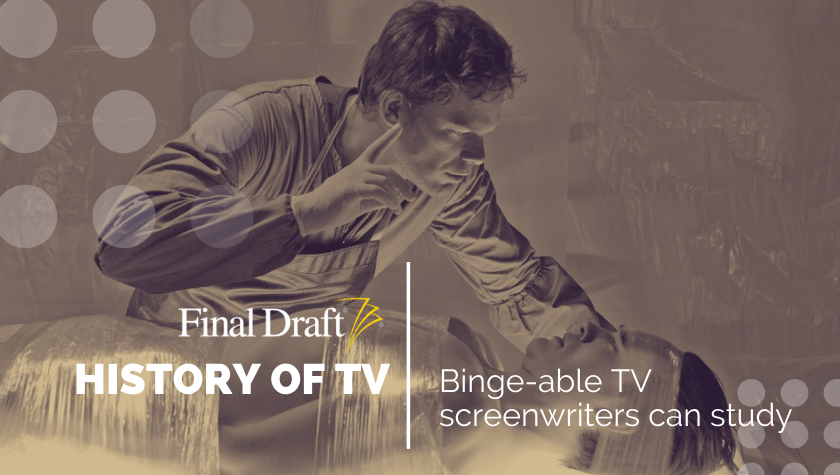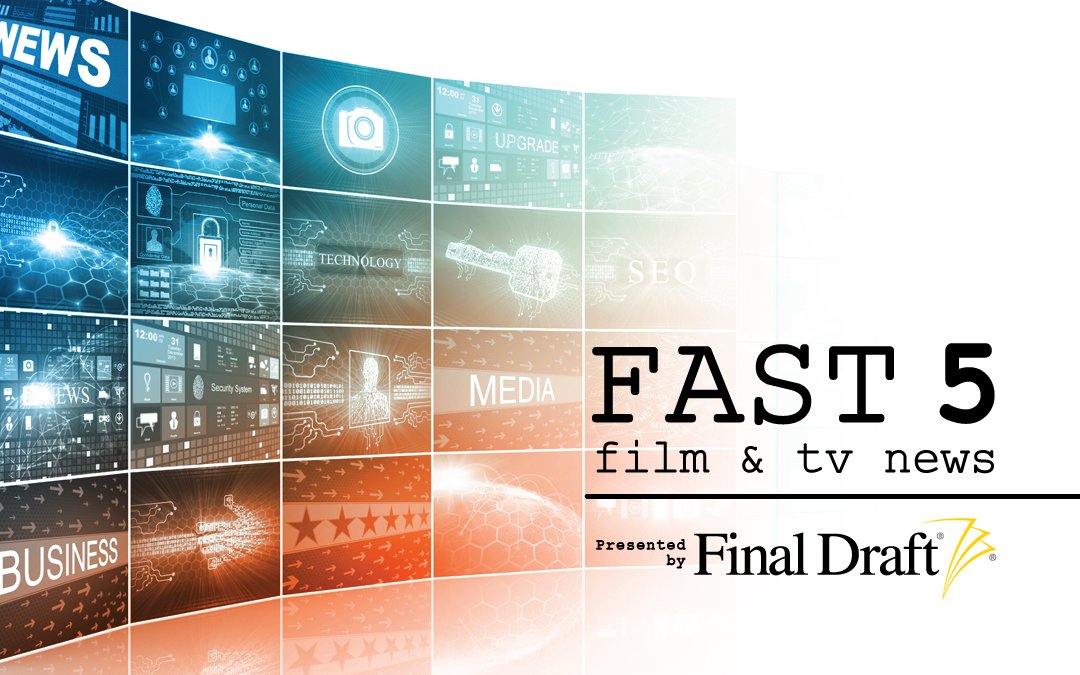Unearthing the History of Black Spectacle in Jordan Peele’s NOPE
July 28, 2022
There’s something in the sky. Is it a bird? Is it a plane? It’s…does it matter? This is the question that horror aficionado, Jordan Peele, asks the audience in his latest sci-fi/horror installment, NOPE aka Not Of Planet Earth. The two-hour and eleven-minute movie centers around brother and sister OJ Haywood (Daniel Kaluuya) and Emerald Haywood (Keke Palmer). After the mysterious death of their beloved father, Otis Haywood Sr. (Keith David), the Haywood siblings are left with the impossible responsibility of keeping up their family business – Haywood’s Hollywood Horses. After witnessing what they believe is a UAP [ Unexplained Ariel Phonmonon] OJ and Emerald make a plan to capture an “Oprah Shot” – meaning a shot so good it will get them an interview with the media mogul herself. In short, if Haywoods can get the money shot of the alien they can pay back the farm’s debt and restore the family’s name to fame. After watching the film this past weekend, maybe the question isn’t does it matter, but why do you care?
The film’s theme centers around the dangers of society’s obsession with spectacles. We, the audience, are riveted by danger, disaster, and despair. The more gruesome the better. We consume it, package it, and then sell it for money. The alien that the Haywoods are trying to capture on film is a spectacle – something they can make money from. Gordy’s deadly history is a spectacle, something Jupe, played by Steven Yuen, continues to make money from. Where is the line between morbid curiosity and exploitation? That’s what Peele wants to know.
The idea of spectacle is something Black people know all too well. It’s rooted in our history and, one could argue, continues today. During slavery, curvy Black women were set on display as a spectacle for white audiences to view. The most famous of them all is Sarah Baartman, a Khoisan woman who was exhibited because of her steatopygia body type. She was literally consumed, bought, and sold for profit in the name of viewership – a term Peele gives the unsighted alien in the movie. In the present, the Black body is often intimated and replicated, also in the name of viewership. Once the curvy body went mainstream, it was packaged and sold as a product to gain more attention. I’m not going to name names, but I don’t think it’s hard for you to think of the slew of white celebrities who have benefited from the spectacle of possessing this body type.
In the film, Peele warns the audience against the dangers of these types of spectacles. Arguable every character in this movie becomes so obsessed with the idea of capturing the alien on film that it ultimately leads to their internal or external demise. There’s even a bit about TMZ that absurdly examines the limits of curiosity versus common sense. At the same time, Peele has a pattern of using animals in his storytelling as a metaphor for the human experience. It’s not lost on me that monkeys and horses are centered here in NOPE. It’s not just that his production company is named Monkeypaw, but the comparison between Black people and Gordy is clear. Whether in sports or theatre, Black people have been the center of performance in popular culture for quite some time. And just like Gordy the Chimp, we are exploited and then blamed when pushed too far. I think back to the time Lauren Inghram tweeted at LeBron James to just “shut up and dribble.” It’s okay for a mega superstar basketball player to perform for millions of people a year, even if that means being subjected to constant racism – he just can’t complain about it.
I also think about the horses in the film who are rented out to Hollywood productions under the Haywood family business. Early in the movie, OJ tells a pushy First A.D. that the horse needs a break and is ignored. He continues to warn the crew about the horses’ boundaries and isn’t taken seriously until the horse reacts violently – and then is promptly fired. As someone who has worked in production for over ten years, I instantly connected to this. Ask any Black artist in the entertainment industry about their on-set experience, and you’ll hear stories about their neglect. Whether it’s the hair department not knowing how to style Black hair or the makeup department only having foundation up to a certain shade – we’re trained to either do it ourselves or speak up and risk being labeled “too difficult.”
The idea that Black people are disposable in their workplace is something most of us have felt before. I know all too well the struggle of dealing with microaggressions in the office only to explode in frustration later. Once that happens, it’s a wrap. You’re looked at as either violent, irrational, or both. Either you stick up for yourself and risk being labeled or you stay quiet and suffer in silence. This is exactly what the horses in the movie do – suffer in silence. They’re the first and only victims of the alien until its appetite becomes so big that it has no choice but to consume everything else. Jupe offers up the horses to the alien as a sacrifice – making the grave mistake of thinking he’s above them and will be unharmed. In comparison, the Black body has been a commodity worth sacrificing in the name of spectacle throughout history. In Get Out, Peele alludes to this idea during the auction sequence. Each guest points out attributes of Chris’ body they wish to possess. His height, his muscles, his eyes. All in the name of obtaining a body that is more appealing to the viewer.
My favorite part about watching a Jordan Peele film is peeling back the layers behind them. It can take up to five or six watches to unearth all the hidden easter eggs. Out of all of his films, NOPE by far touches on the most horrific theme. We’ve become so engrossed in the idea of capturing a spectacle on our cell phones that we’ve forgotten to look out for each other. Just yesterday, I saw a video on Tik Tok of a beach-goer filming a man being attacked by a shark rather than trying to help him. What does that say about us as a society? That we would rather see the bad thing happen than stop it from happening? It’s a dark question to ask and only you, the viewer, can answer it.
You can watch NOPE in theatres everywhere today.
Written by: Admin



